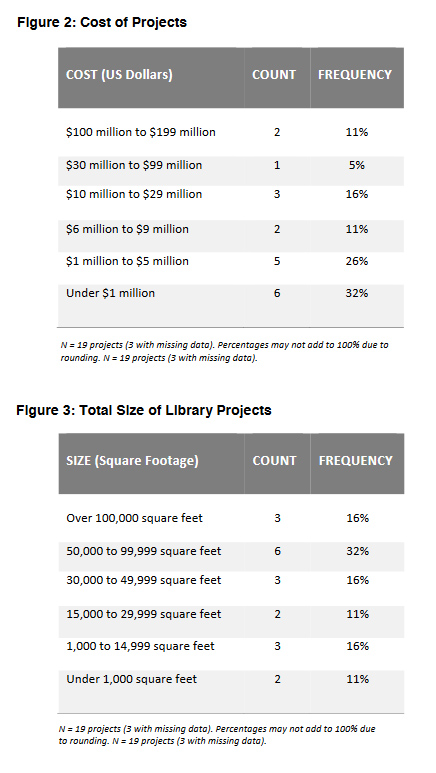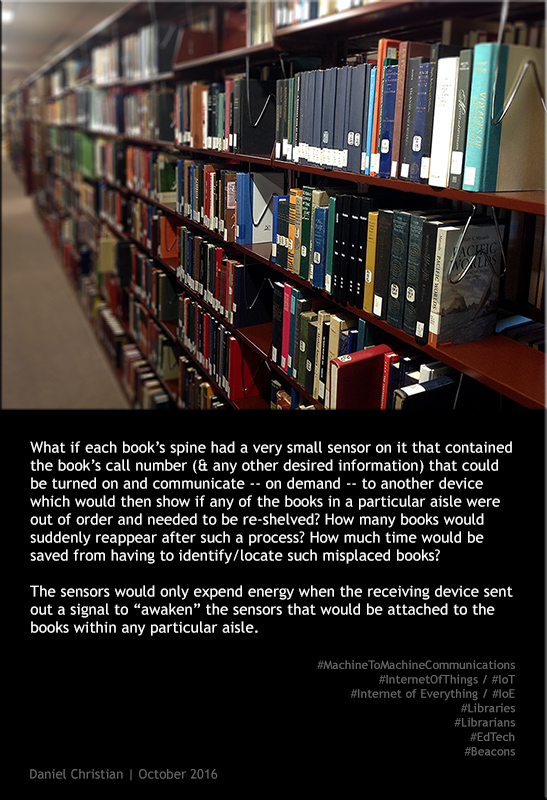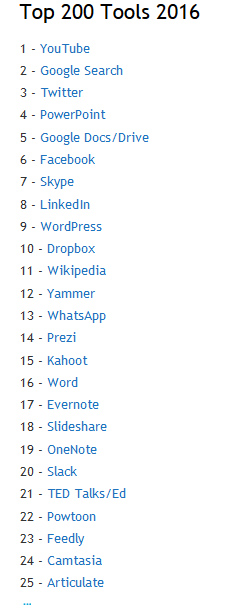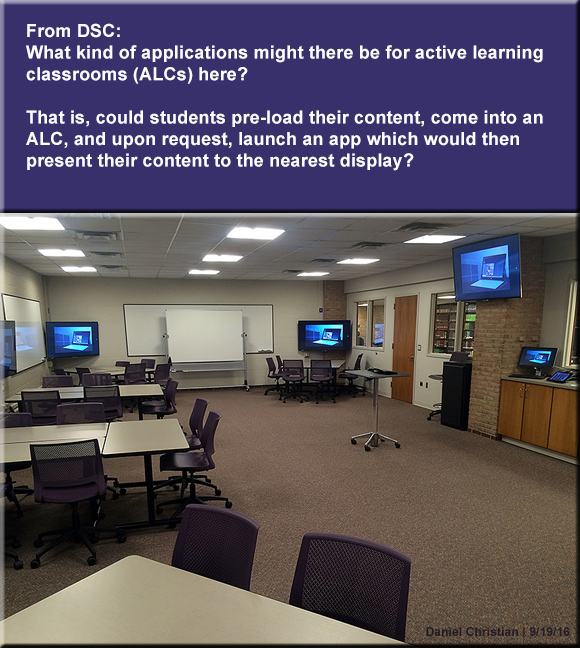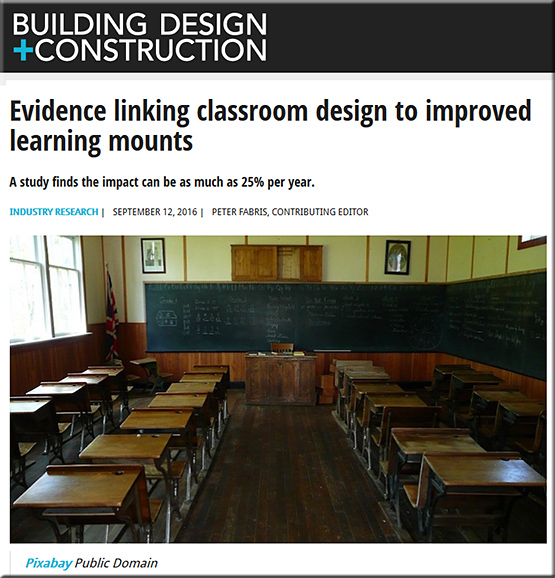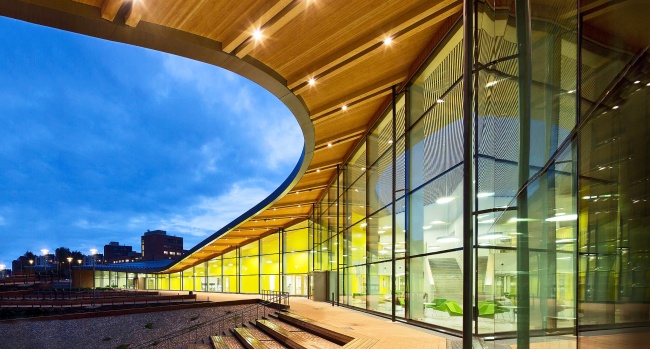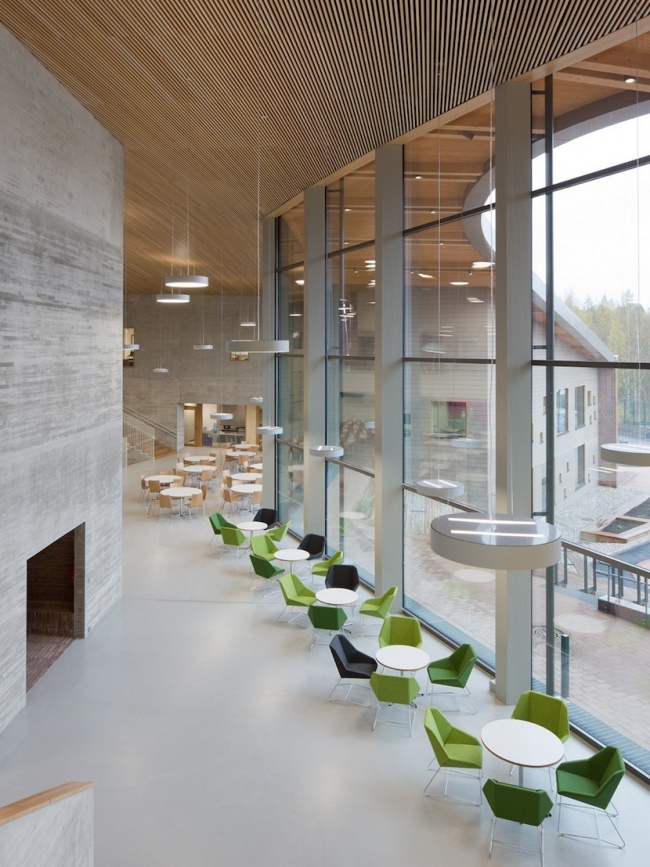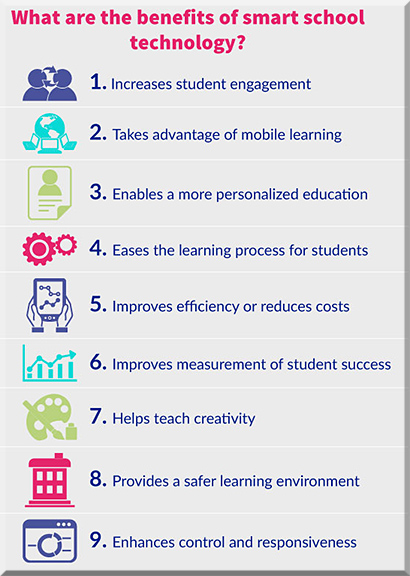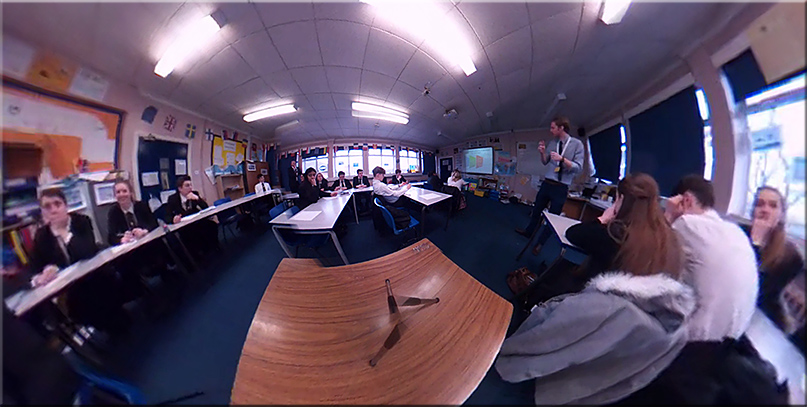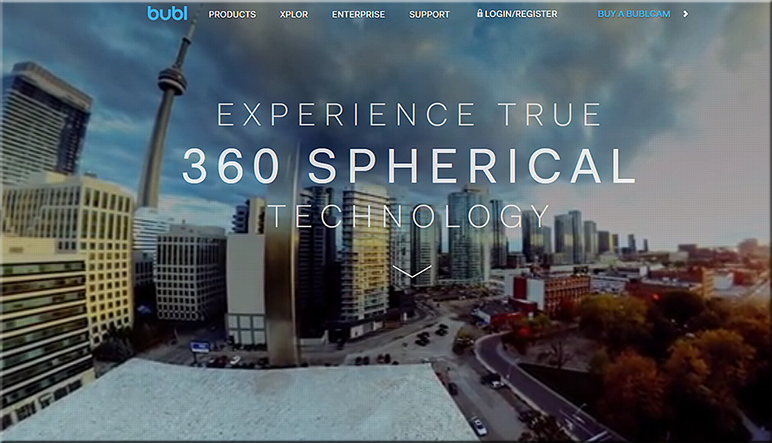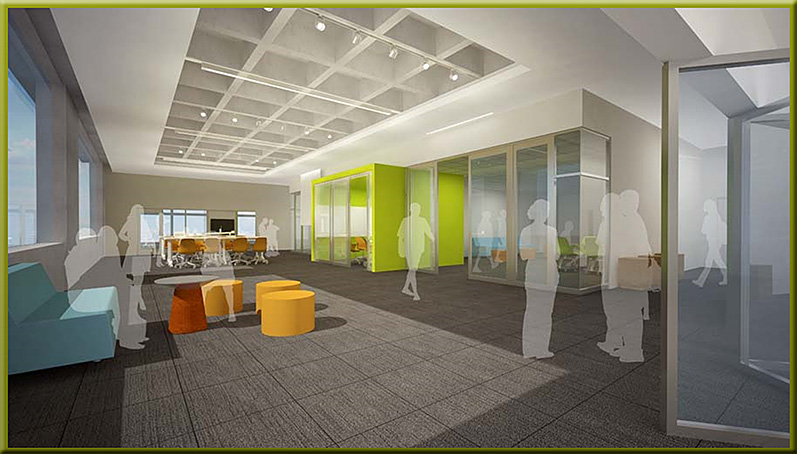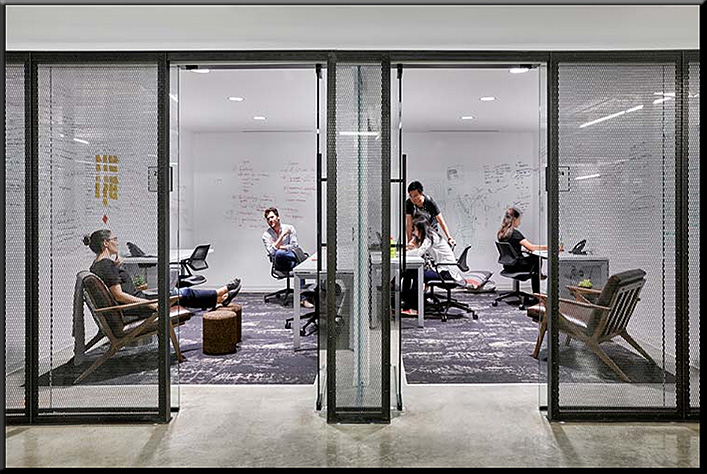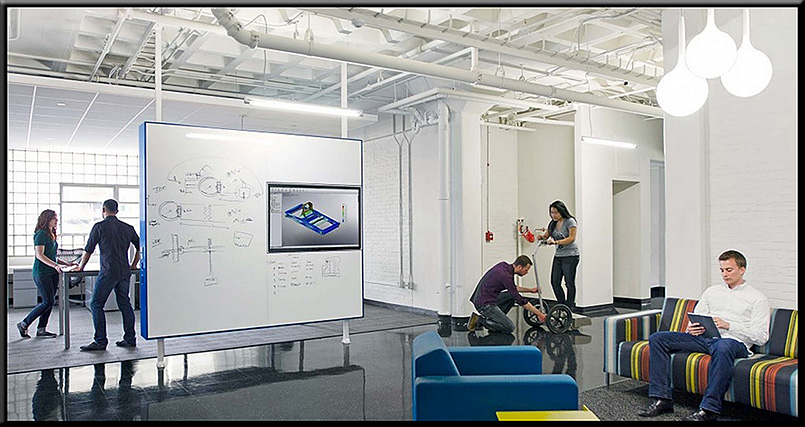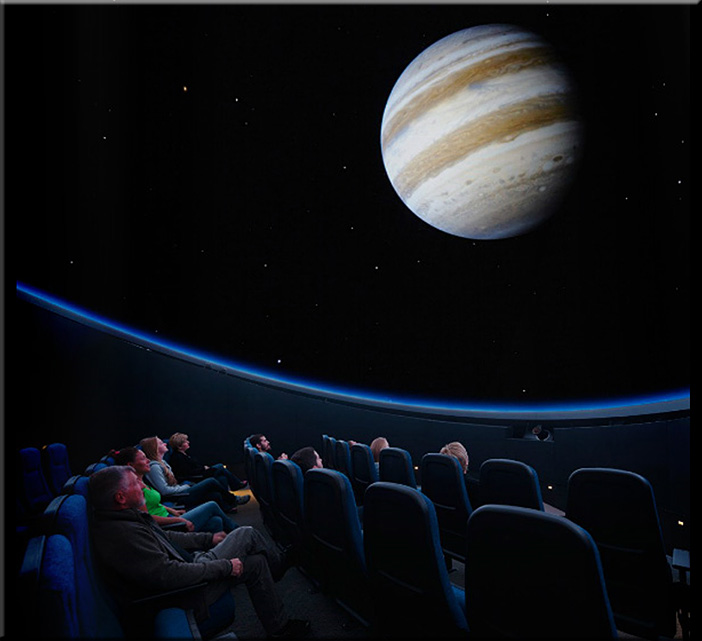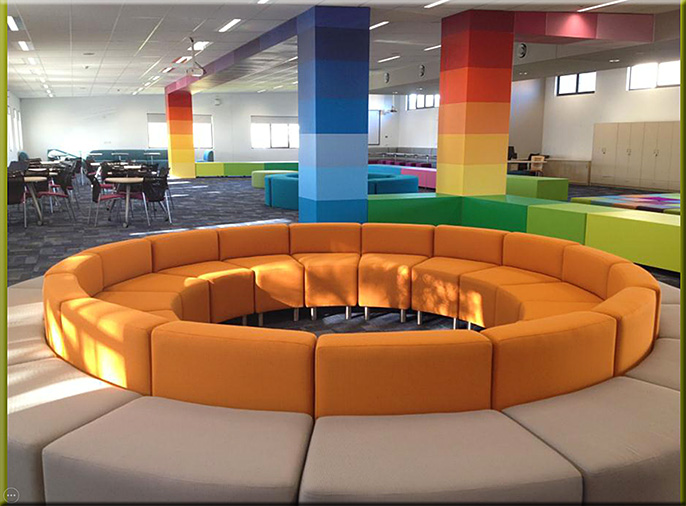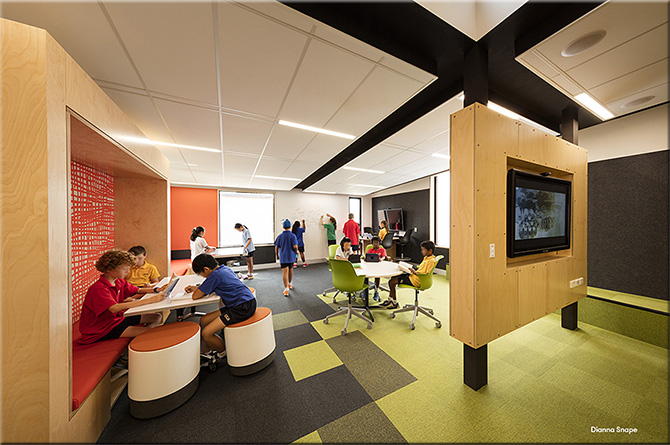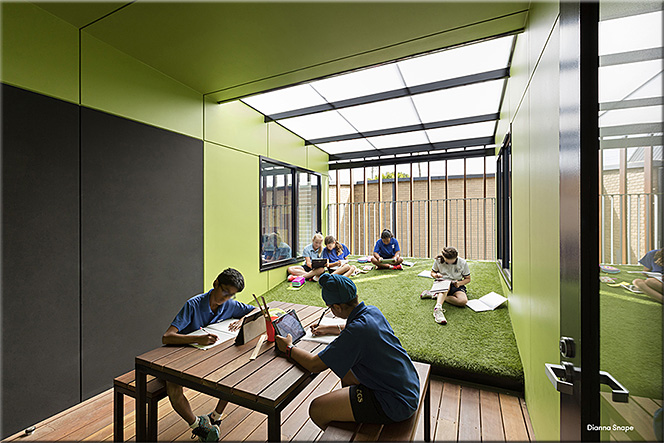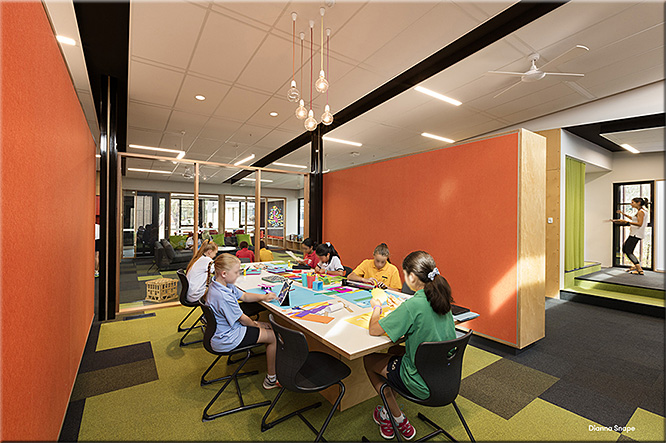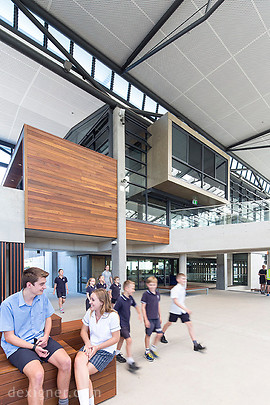Sydney – The Opera House has joined forces with Samsung to open a new digital lounge that encourages engagement with the space. — from lsnglobal.com by Rhiannon McGregor
- The space enables guests to access art and cultural exhibits through technology
- Tonkin Zulaikha Greer Architects are responsible for the design
The Lounge, enabled by Samsung on November 8, 2016 in Sydney, Australia. (Photo by Anna Kucera)
The Lounge, enabled by Samsung on November 8, 2016 in Sydney, Australia. (Photo by Anna Kucera)
Also see:
The Lounge enabled by Samsung
Open day and night, The Lounge enabled by Samsung is a new place in the heart of the Opera House where people can sit and enjoy art and culture through the latest technology. The most recent in a series of future-facing projects enabled by Sydney Opera House’s Principal Partner, Samsung, the new visitor lounge features stylish, comfortable seating, as well as interactive displays and exclusive digital content, including:
- The Sails – a virtual-reality experience of what it’s like to stand atop the sails of Australia’s most famous building, brought to you via Samsung Gear VR;
- Digital artwork – a specially commissioned video exploration of the Opera House and its stories, produced by creative director Sam Doust. The artwork has been themed to match the time of day and is the first deployment of Samsung’s latest Smart LED Display panel technology in Australia; and
- Google Cultural Institute – available to view on Samsung Galaxy View and Galaxy Tab S2 tablets, the digital collection features 50 online exhibits that tell the story of the Opera House’s past, present and future through rare archival photography, celebrated performances, early architectural drawings and other historical documents, little-known interviews and Street View imagery.










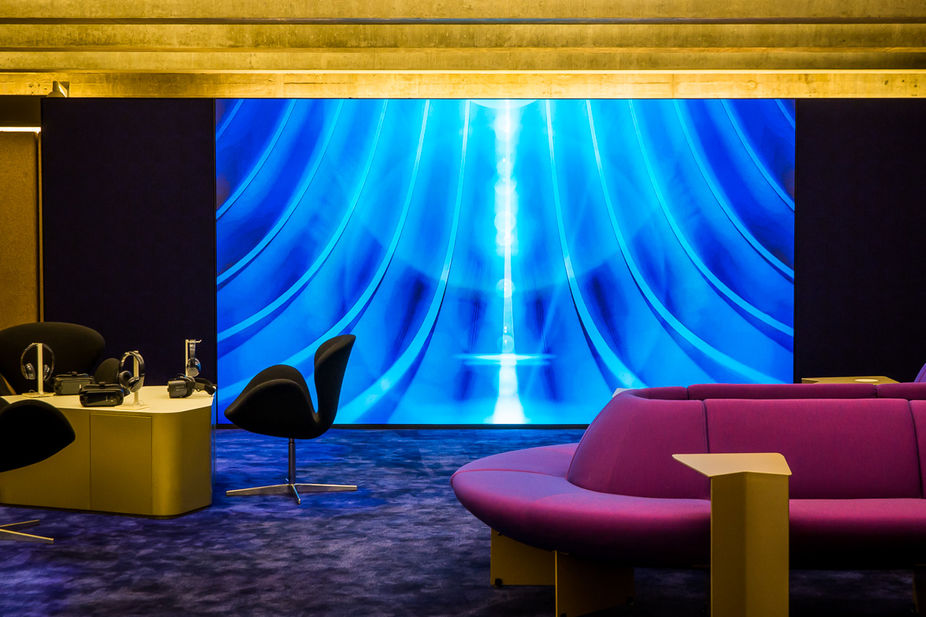
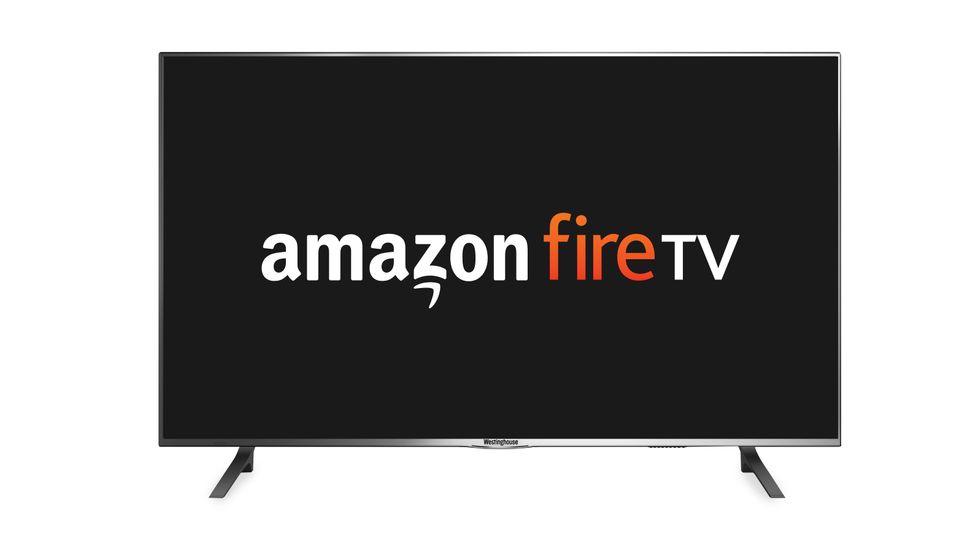

![The Living [Class] Room -- by Daniel Christian -- July 2012 -- a second device used in conjunction with a Smart/Connected TV](http://danielschristian.com/learning-ecosystems/wp-content/uploads/2012/07/The-Living-Class-Room-Daniel-S-Christian-July-2012.jpg)

